Hey there! Have you ever spotted the ones intriguing circular marks on an athlete’s lower back and concept, “What’s that all about?” Or maybe a chum stated cupping therapy, and now you’re questioning what it’s miles—and, let’s be real, how plenty is cupping therapy going to set you again? Well, you’re in for a deal with today! I’m so excited to walk you thru everything you need to recognize about this ancient practice. We’ll cover the costs, the perks, how you can try it at home, and even the stuff that might make you pause. Picture us chatting over coffee—this is going to be fun, informative, and totally laid-back. Ready? Let’s dive in!
What’s Cupping Therapy All About?
So, cupping remedy—imagine this: a person locations little cups in your skin, and that they use suction to drag your pores and skin up into them. It’s now not as weird as it sounds, I promise! The idea is this suction allows ease pain, boosts blood go with the flow, and receives your body feeling better. It’s been around forever—like, ancient Egypt, China, and Middle Eastern healers were doing this thousands of years ago. These days, it’s popping up everywhere, from wellness spas to Olympic locker rooms.
I’ll never forget the first time I saw it. I was glued to the TV during the Olympics, and there was this swimmer with red circles all over his shoulders. I thought, “Whoa, is he okay?” Turns out, he was—those were just cupping marks! That’s when I got hooked on learning more, and now I’m spilling it all to you.
There are a few types of cupping to know about. Dry cupping is the big one here in the U.S.—just suction, no fuss. Then there’s wet cupping, where they make tiny cuts to draw out a bit of blood (don’t worry, we’ll get into that later). And fire cupping? That’s where they use a flame to create the suction—pretty dramatic, but not as common these days.
Before we go any further, a quick heads-up: cupping’s awesome for a lot of people, but it’s not a one-size-fits-all deal. Got sensitive skin, pregnant, or dealing with something like a bleeding disorder? Chat with your doctor first. I’d hate for you to jump in and wish you hadn’t!
Why Do People Love Cupping? The Benefits
Okay, let’s talk about why people are raving about this. Top of the list? Pain relief. If your back’s been nagging you, your muscles are sore from that workout you swore you’d recover from, or even if headaches are your nemesis, cupping might just be your new best friend. The suction’s like a deep-tissue massage—think of it as your muscles getting a big, cozy hug that loosens them up. Some studies back this up, too. There’s this 2018 review from the Journal of Alternative and Complementary Medicine that says cupping can really help with chronic pain. How cool is that?
But wait, there’s more! Cupping’s also said to get your blood moving better. That suction pulls blood to the floor, that can accelerate healing or just make you experience extra alive. And here’s the cherry on top: it’s outstanding enjoyable. Picture lying there, letting the pressure melt away—it’s like a mini-excursion to your mind and body.
Now, I’ve got to be real with you. Not everyone’s sold on cupping. Science is still catching up—some studies say yay, others say meh. So, while tons of folks swear by it (and I’ve heard some amazing stories), it’s not a guaranteed miracle. Still, isn’t it exciting to think about what it might do for you?
What Could Go Wrong? Side Effects and Risks
Alright, let’s not sugarcoat it—cupping’s got a flip side. Most of the time, the “downsides” are no biggie. You’ll probably end up with those famous circular marks—they look like bruises but aren’t quite the same. They fade in a few days to a week, but heads-up: you might get some “What happened to you?” questions! During the session, it might feel a little odd or pinchy, and afterward, some people—like me, the first time—feel a bit woozy or even queasy. I remember sipping water and laughing it off with my practitioner friend. “Is this normal?” I asked. “Totally,” she said. And it was!
But here’s where we get serious for a sec. If cupping’s not done right, there can be bigger risks. Think skin infections if the gear’s not clean, burns if fire’s involved, or too much bleeding with wet cupping. Yikes, right? That’s why I’m all about playing it safe—stick with a pro who knows their stuff, or if you’re DIY-ing it, follow the rules like your life depends on it (spoiler: your comfort does).
My tip? Keep everything squeaky clean and don’t push your luck. If something feels off, stop and check in with someone who knows. You’ve got this!
How to Try Cupping Therapy at Home

Feeling brave and want to give it a go yourself? I love that for you! You’ll need a cupping kit—think plastic or silicone cups with a little pump. Skip the glass-and-fire combo unless you’re secretly a pro (you’re not, are you?). You can snag a decent set online for a reasonable price—more on that later.
Here’s my big advice: try it with a professional first. I did, and it was a game-changer. They’ll show you the ropes—where to place the cups, how much suction is just right—and you’ll get a feel for it without guessing. Plus, they can tell you if it’s a green light for your body.
Ready to DIY? Here’s your step-by-step:
- Get clean: Wash the spot you’re cupping—no dirt allowed!
- Pop on the cup: Stick it on your skin and pump for suction. Start gentle—you can always add more.
- Chill out: Leave it there for 5-10 minutes if it’s staying put, or slide it around for a massage vibe.
- Take it off: Press the skin next to the cup or hit the release valve—easy peasy.
- Keep going (or don’t): Try other spots, but don’t overdo it. Listen to your body!
Safety’s the name of the game, so here’s your checklist:
- No cupping over cuts, moles, or funky veins.
- Feeling sick? Skip it.
- If it hurts like crazy, stop—seriously.
- Doubts? Ask a doc.
It’s like learning to ride a bike—start slow, get comfy, and soon you’ll be cruising. What do you think—ready to give it a whirl?
How Much is Cupping Therapy, Really?
Here’s the million-dollar question (or, well, the $30-to-$150 one): how much is cupping therapy? It depends on a bunch of stuff—where you are, who’s doing it, and how you’re going about it. Let’s break it down.
Going Pro: What’s the Damage?
If you’re hitting up a professional, expect to shell out $30 to $150 per session. In big cities like New York, it’s more like $50 to $150—city life, am I right? Out in smaller spots, you might snag a deal closer to the lower end. I’ve got friends in India who say it’s ₹500 to ₹2000 there, which is wild to compare! Check this out:
| Place | Average Cost |
|---|---|
| USA (Anywhere) | $30–$150 |
| New York City | $50–$150 |
| India | ₹500–₹2000 |
What bumps the price up? Location’s a biggie—downtown’s pricier than out in the sticks. Wet cupping costs more than dry, too, since it’s trickier. A pro with tons of experience might charge extra, and longer sessions or package deals can shift the numbers. Oh, and peek at your insurance—some plans cover it if it’s tied to something like acupuncture. Worth a call!
DIY Vibes: At-Home Costs
Now, if you’re all about that at-home life, it’s way simpler. A cupping kit runs $20 to $100, depending on how fancy you go. I snagged a silicone set for $30, and it’s been my little self-care buddy ever since. You pay once, and if you use it a bunch, it’s cheaper than pro sessions over time. Just keep an eye on wear and tear—replace those cups if they start looking sad.
So, whether you’re treating yourself to a spa day or setting up shop at home, there’s a price point for you. What’s your budget vibe—big spender or savvy saver?
Wrapping It Up: Should You Try It?
So, here we are! Cupping therapy’s this wild, ancient trick that’s got people buzzing about pain relief, better circulation, and just feeling good. But it’s not all sunshine—those marks and risks mean you’ve got to be smart about it. And the cost? From $30 sessions to a $20 kit, you’ve got options to fit your wallet.
I’m rooting for you to explore it if you’re curious. Do your homework, maybe chat with your doc, and dip your toes in. When I tried it, I was nervous but so glad I did—it’s a story I love telling! What about you—think you’ll give it a shot? Drop your thoughts or questions below—I’d love to keep this convo going!

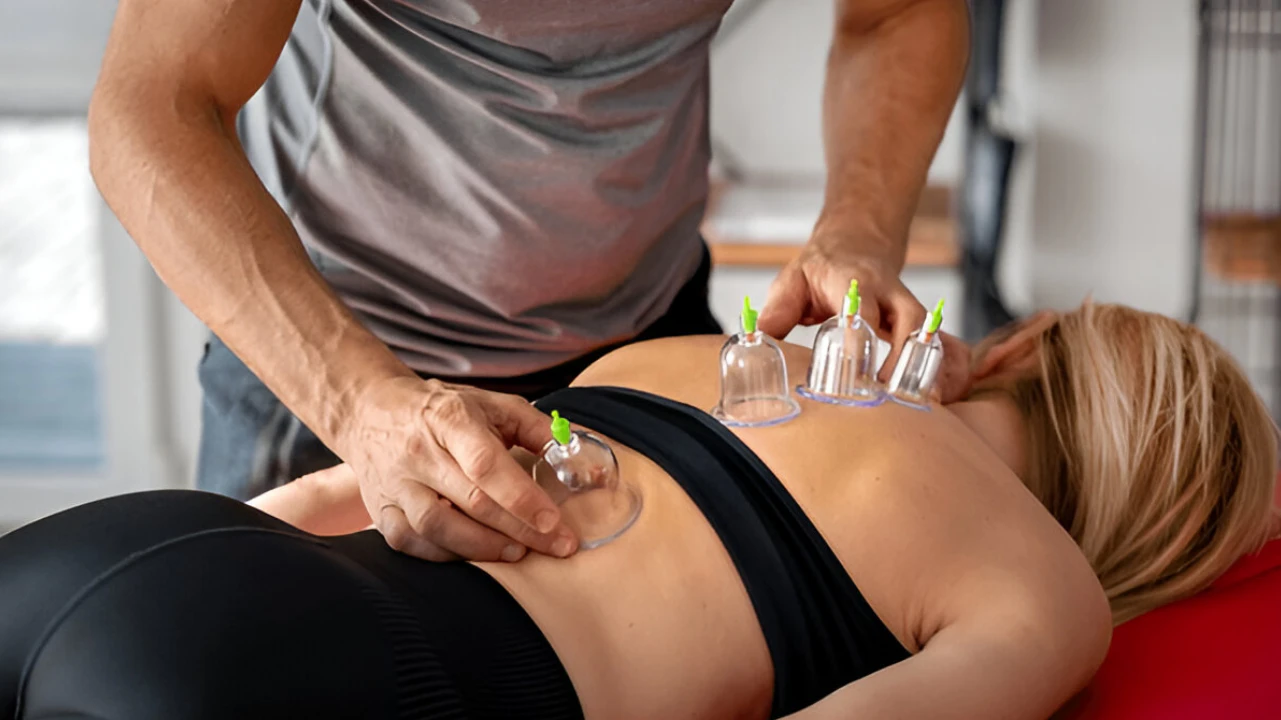




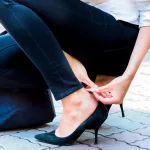




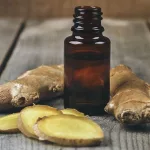
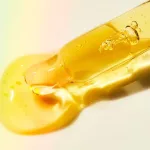
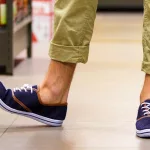



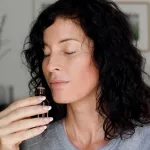
Leave a Reply
You must be logged in to post a comment.